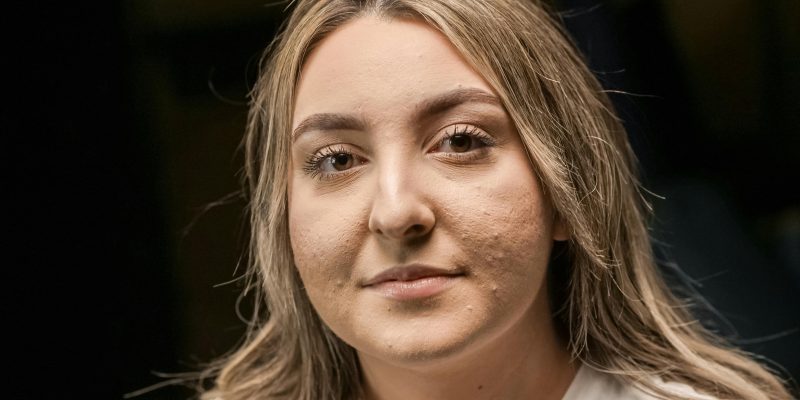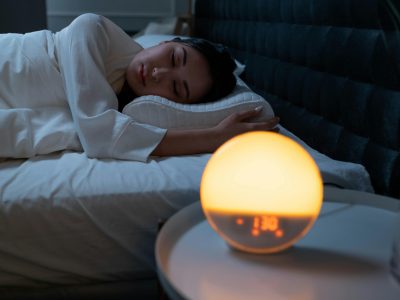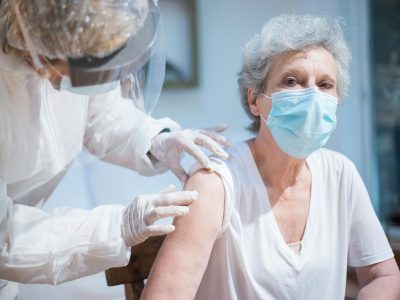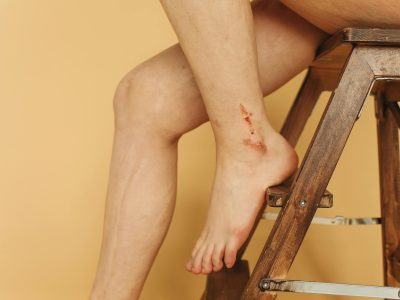Ringworm is a highly contagious skin disorder characterised by an itchy, red, ring-like rash. It seems everyone thinks that every red, itchy circle on the skin is ringworm. However, a few other conditions are similar to it in appearance. These are conditions that you need to know, as they can help you find the right treatment as needed. This article looks at ringworm-like skin problems and different ways you can recognise them.
1. Eczema:
- Eczema is a common skin disease that many people have. Typically, it looks like red, itchy blemishes on your skin.
- You may notice these patches sometimes arranged in circular patterns, like ringworm. As opposed to ringworm, which is fungal in nature, eczema is not.
- Its causes can be as varied as Allergies, irritants, or genetics. The standard treatments are moisturisers and topical steroids that alleviate the symptoms.
2. Psoriasis:
- Another condition that can resemble ringworm is psoriasis. This creates red patches that tend to be scaly and often have a silvery sheen.
- These can manifest as round patches or areas of skin. Psoriasis is caused by an overactive immune system, which causes skin cells to grow too quickly.
- Therapies are aimed at totemise cellular growth and inflammation. Treatment methods include topical treatments, light treatment and systemic medications.
3. Pityriasis Rosea:
- One initial large patch called a “herald patch” appears as the start of pityriasis rosea. Thereon, it can resemble ringworm because it is circular in shape.
- Later on, smaller patches start to appear on the body. The cause is still not clear, but it usually clears in a few weeks on its own.
- Most treatments are geared toward reducing the itching and other discomfort, and that may include antihistamines and topical creams.
4. Contact Dermatitis:
- Contact dermatitis occurs when the skin a responds to an irritant or allergen. It will cause red, itchy, and at times, round rashes.
- The first step to managing it is to learn what the trigger is and avoid it.
- Symptoms may be relieved with topical creams you buy without a prescription and with soothing baths.
- See a healthcare professional for more evaluation if the rash does not go away.
5. Granuloma Annulare:
- Granuloma annulare is a skin condition that produces raised, reddish bumps that often develop in a ring shape.
- In contrast to ringworm, this disease is not infectious. Its precise origin is unclear, but it can be associated with the immune system.
- Granuloma annulare often goes away on its own, with or without treatment. Corticosteroid creams or injections are occasionally used in addition to speed healing.
6. Nummular Eczema:
- Nummular eczema resembles round patches with touches of irritation and is often confused with ringworm. The patches can be scaly and itchy.
- The cause is unknown, but it appears to happen more often in people with a history of allergies or asthma.
- Moisturising and minimising inflammation are the key focuses of treatment. Usually, steroid creams and steering clear of irritating things do the trick.
7. Lichen Planus:
- Signs Of Wolf-Type Lichen Planus. Lichen planus is a skin condition that results in a series of clusters of rings or purplish, flat-topped lumps.
- The exact cause is unknown, but it may be related to problems in the immune system. Itching is a common symptom.
- Management and Treatment of Symptomatic Treatment of Antihistamines and Corticosteroids.
- For more serious cases, systemic medications may be required.
8. Seborrheic Dermatitis:
- Seborrheic dermatitis leads to red, scaly patches that resemble ringworm, often found on the scalp or face.
- It is associated with a condition in which yeast grows excessively on the skin. Although not communicable, it can be chronic.
- Repeated washing with medicated shampoos or creams can alleviate symptoms. Antifungal treatment is sometimes prescribed.
Conclusion
Correctly identifying the skin conditions that mimic ringworm is essential for successful treatment. Though they have a similar appearance, they have different causes and treatments from ringworm. Getting in touch with a healthcare provider can guarantee diagnostic confirmation and appropriate treatment. Knowing the difference can also help you better cope with symptoms and get you on the path to better skin.













Comments